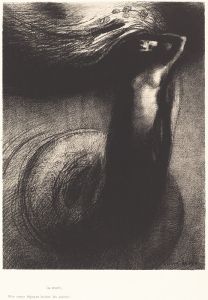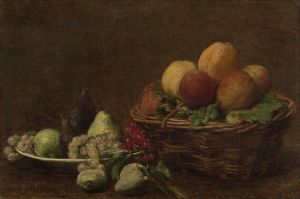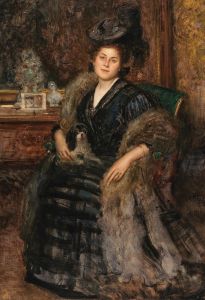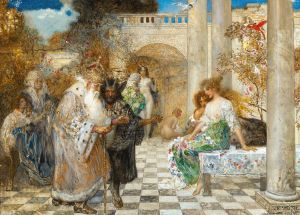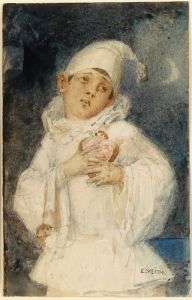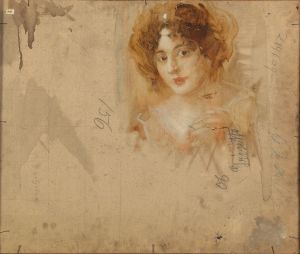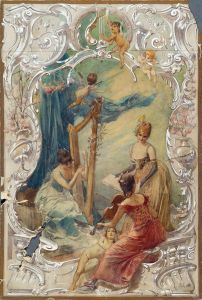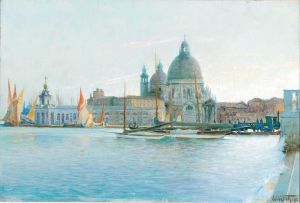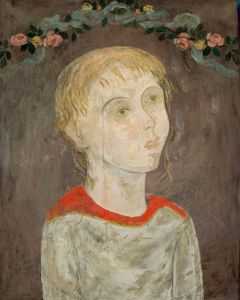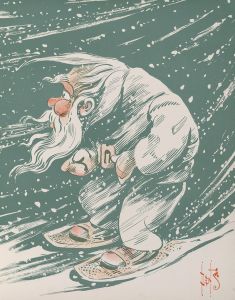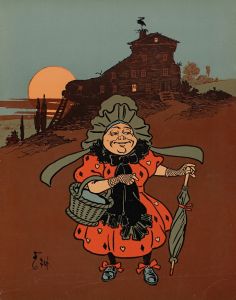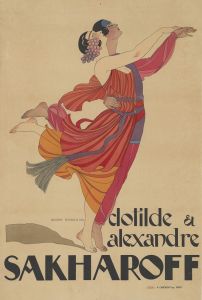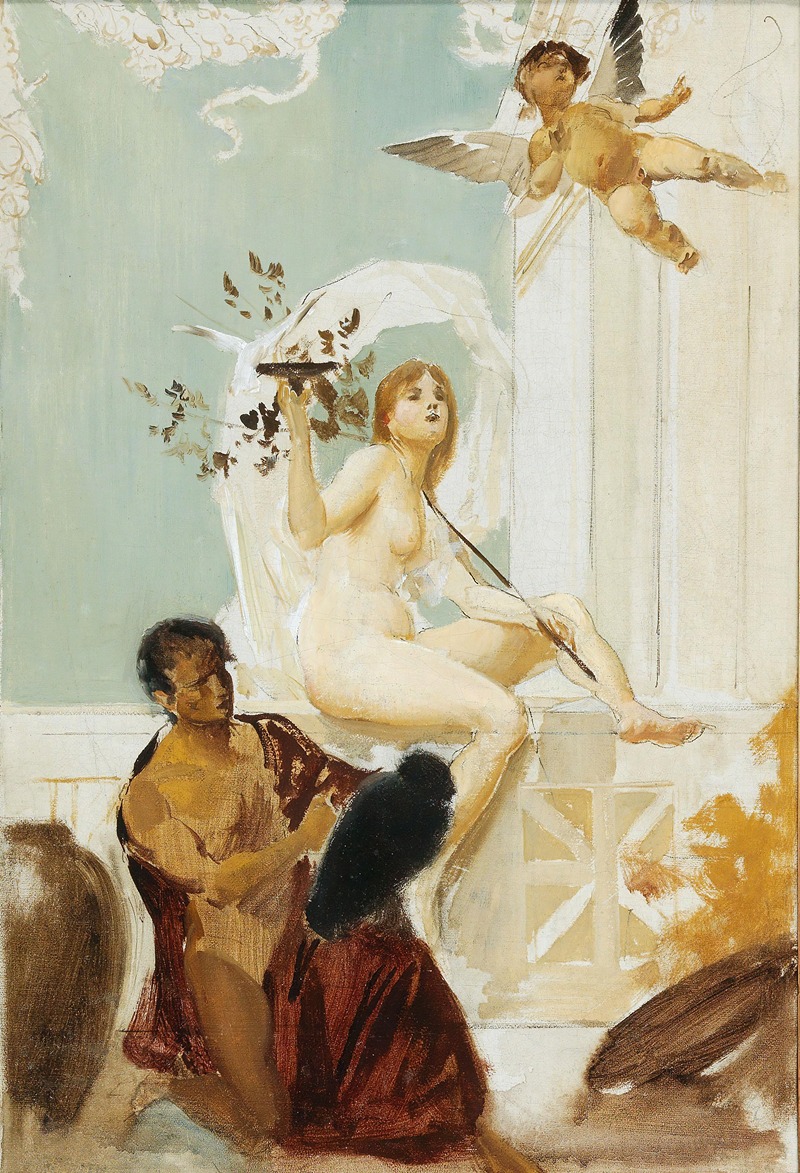
Allegorie
A hand-painted replica of Eduard Veith’s masterpiece Allegorie, meticulously crafted by professional artists to capture the true essence of the original. Each piece is created with museum-quality canvas and rare mineral pigments, carefully painted by experienced artists with delicate brushstrokes and rich, layered colors to perfectly recreate the texture of the original artwork. Unlike machine-printed reproductions, this hand-painted version brings the painting to life, infused with the artist’s emotions and skill in every stroke. Whether for personal collection or home decoration, it instantly elevates the artistic atmosphere of any space.
Eduard Veith was an Austrian painter known for his contributions to the art world during the late 19th and early 20th centuries. Born on March 30, 1858, in Neutitschein, Austrian Empire (now Nový Jičín, Czech Republic), Veith became a prominent figure in the Viennese art scene. He was particularly recognized for his allegorical and historical paintings, as well as his work in decorative arts, including murals and ceiling paintings.
"Allegorie" is one of Veith's notable works, although specific details about this painting are limited. Allegorical paintings, in general, are artworks that use symbolic figures, actions, or representations to convey complex ideas and messages, often moral, philosophical, or political in nature. Veith's expertise in this genre is evident in his ability to blend classical themes with contemporary styles, a hallmark of his artistic approach.
Veith studied at the Academy of Fine Arts in Vienna, where he honed his skills and developed a style that combined elements of realism with the decorative elegance characteristic of the Vienna Secession movement. This movement was part of a broader trend in European art that sought to break away from traditional academic art forms and embrace more innovative and expressive techniques.
Throughout his career, Veith received numerous commissions for public and private buildings, contributing to the rich tapestry of Viennese art and architecture. His works often adorned the interiors of theaters, hotels, and other significant structures, where his allegorical themes could be appreciated by a wide audience. Veith's ability to integrate his paintings seamlessly into architectural settings demonstrated his versatility and understanding of space and form.
While specific information about "Allegorie" is scarce, it is likely that the painting reflects Veith's interest in classical mythology, history, or moral themes, as these were common subjects in his oeuvre. His allegorical works typically feature figures draped in flowing garments, set against lush, detailed backgrounds that enhance the narrative quality of the piece.
Eduard Veith's contributions to art extended beyond his paintings. He was also involved in teaching and mentoring young artists, passing on his knowledge and skills to the next generation. His influence can be seen in the works of his students and in the continued appreciation of his art in galleries and collections.
Veith passed away on March 18, 1925, in Vienna, leaving behind a legacy of artistic achievement that continues to be celebrated today. His works, including "Allegorie," remain a testament to his skill and creativity, reflecting the cultural and artistic currents of his time. Despite the limited information on this specific painting, Eduard Veith's impact on the art world is well-documented, and his allegorical paintings continue to be admired for their beauty and depth.





